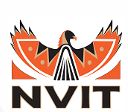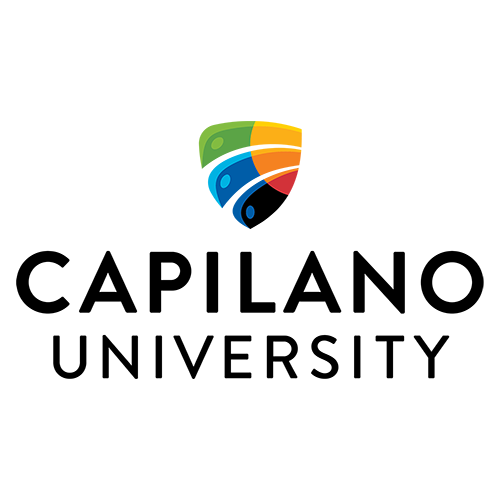This course introduces students to descriptive approaches to linguistics, the study of human language.

This course introduces students to descriptive approaches to linguistics, the study of human language.
We first look at the acoustics and articulation of sound (phonetics) and how some sounds change depending on the ones around them (phonology).
Next, we explore the structure of words (morphology) and phrases (syntax) and how such structure is the foundation of meaning (semantics).
The course ends with a synthesis of how sound, structure, and meaning change over time (historical linguistics), demonstrating that language evolution is a systematic and predicable phenomenon.
Wilfrid Laurier University recognizes that intellectual inquiry, critical reflection and scholarly integrity are the cornerstones of all universities including our exceptional institution.
We value:
Our intimate community environment.
Our academic and institutional tradition.
New and integrated communities of learning and application.
Diversity and a culture of inclusivity.
Developing the whole person: mind, spirit and body.
Community focus and global engagement.
A life of purpose and citizenship.
Learning through experience.
Our vision provides a lens that we use to look at the world to understand what we do and what we aspire to be:
Our commitment is to justice and sustainability now and in the future, so we strive to ignite the minds, spirits and hearts of our communities through excellence in teaching and learning, in the discovery, scholarly exploration, and application of new ideas, and in instilling the courage to engage and challenge the world in all its complexity.
Mission
Our mission describes our core purpose and commitment to stakeholders:
Wilfrid Laurier University is devoted to excellence in learning, research, scholarship and creativity. It challenges people to become engaged and aware citizens of an increasingly complex world. It fulfils its mission by advancing knowledge, supporting and enhancing high-quality undergraduate, graduate and professional education, and emphasizing co-curricular development of the whole student.
Our guiding principles are consistent with our vision and mission and will inform decision making as we embrace our future:
responsible governance
community citizenship
realizing an appropriate balance among research, teaching and service
recognizing the linkage between research and teaching
integrity and strong leadership
making strategic choices for the long-term health of the institution
learning and advancing knowledge across boundaries
collaboration and collegiality
respectful relationships
openness to change
sustainability and environmental responsibility

This course is an introduction to the sound structures of human language and the principles of phonological analysis.

This course provides students with essential background knowledge and an introduction to methodologies of providing treatment for children with articulation and phonological differences.

This course introduces students to various descriptions of language, with special attention to recent models.

This course is an introduction to phonology, the study of sound systems.

This course examines the fundamentals of distinctive?feature analysis as developed by Jakobson, Chomsky, and Halle.
© 2025 coursetakers.com All Rights Reserved. Terms and Conditions of use | Privacy Policy